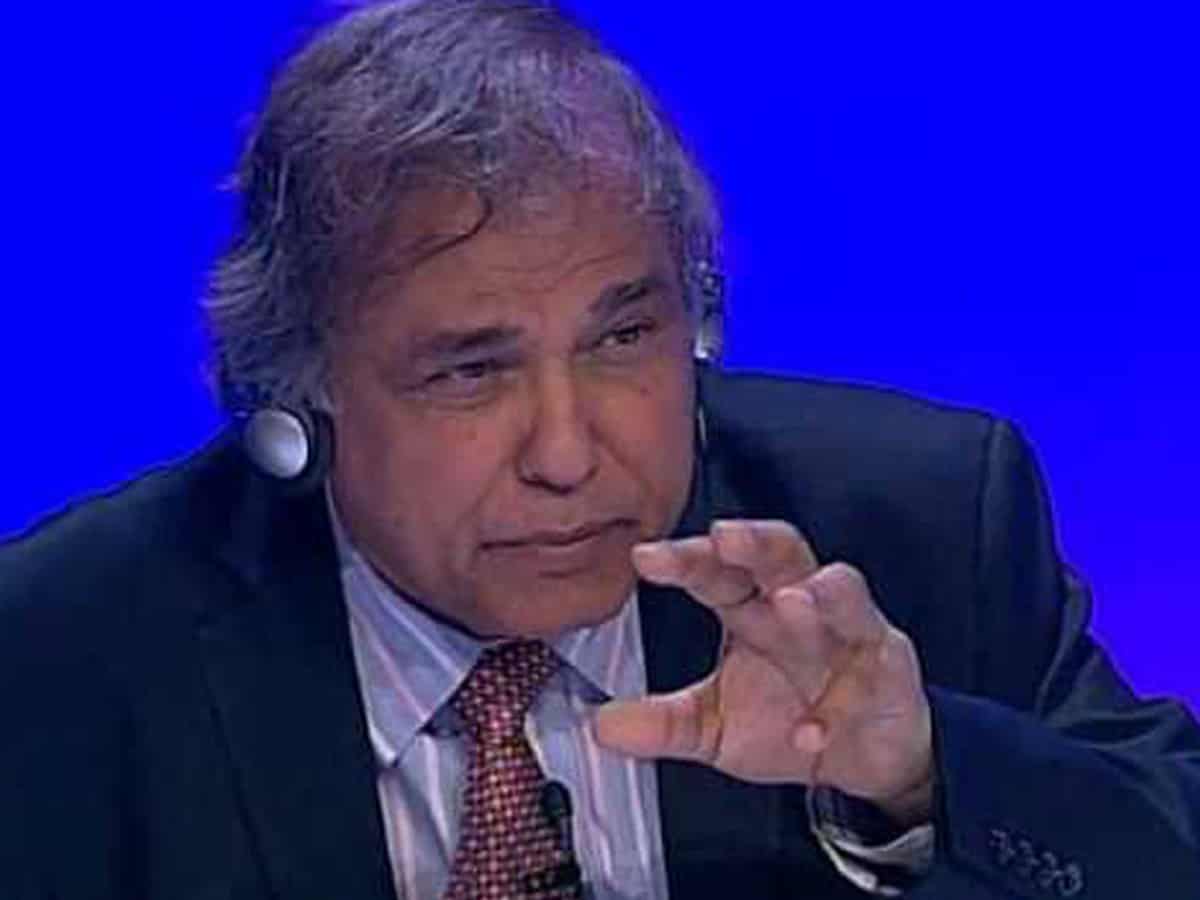
New Delhi: An online/offline lecture on “Challenges faced by Minorities in the Current World Scenario, focusing on Indian Muslims” was organised by the Institute of Objective Studies on September 4.
The event was organised to mark the occasion of the Institute’s 36th Annual General Assembly meeting. The lecture was delivered by Prof. Amitabh Kundu, the professor emeritus, LJ University, Ahmedabad, and a distinguished fellow at the Research and Information System for Developing Countries.
Prof. Kundu clarified that he was not working for the Muslim community but has been working to focus on inequality and social justice.
Referring to India’s growth recovery, he said that it was faster and was doing better. The 21st century belonged to India, and its faster economic growth was poised to leave even China behind. But, there are some structural issues. Inequality and regional disparity were major areas of concern. Deprivation of the Muslim community was one of them. He pointed out that India was now struggling and getting out of two and a half years of the nightmare caused by COVID-19.
Every developing country was talking about the reshaped economic recovery. He said that in the case of India, regional, social and economic disparity were the major areas of concern. The deprivation of the Muslim population was also a matter of concern.
Prof. Kundu maintained that the unequal access of people to the labour market caused disparity among various social groups. He said that even before COVID-19, the Indian economy was not doing well. At present, the share of India in the global economy was only 8 percent out of 18 percent of the total population share of the world. It was expected that India’s share would be 29 percent by 2050. Then, it would be a much larger economy than China. This projection had been endorsed by the Asian Development Bank (ADB) and World Bank. He struck a note of optimism by saying that the 21st century belonged to India. He said that Asia’s share in the global income was 58 percent as against 12 percent in 1961. As per Bloomberg Foundation analysis, the projection was that Asia’s share would again reach 50 percent, which would mean a big recovery. Indian recovery was also much sharp. He said that the projection for India’s economic growth was very positive.
Prof Kundu said that the Indian economy was poised to reach 10 trillion dollars by 2032. Referring to the skill development, he noted that it was unequal in respect of both Muslims as well as Scheduled Castes/Scheduled Tribes. Not everybody had an equal share in the labour market; if certain critical assumptions were not made available to different social groups, then, certainly the dream projection of a most powerful nation would be difficult to achieve. In order to achieve this in the labour market, access had to be given to all irrespective of caste, class, gender, and religion. Similarly, in skill development, if inequality among various social groups was not minimized, then projected growth would not be accomplished, he said.
He observed that India was certainly looking up. It would overtake China in terms of its share of the GDP. But still, there were some catches and assumptions. Putting up a mathematical model, the Asian Development Bank, Manila, said that the 21st century belonged to Asia – to India. According to Angus Madison, an economic historian, Asia’s share in the economy was 58 percent in 1700, and it continuously slid downward. He said that Indian recovery was much sharper. If India was able to maintain a growth tempo with its structural parameters being very much strong, it would certainly come up. He noted that in the last 7-8 years or a little earlier than this, the Human Development Index (HDI) had been growing well as it was growing two decades ago prior to this. The United Nations Development Programme (UNDP) brought out a report on HDI every year where India’s growth was seen as negligible. Earlier, India’s growth used to increase 2 per cent. But now, it was less than 1 percent. He pointed out that India dropped to 132nd rank out of 191 countries in the 2021 HDI report. It further declined for two years in a row – 2020 and 2021.
Explaining that there were three things that came under HDI, he said that they were education, health and average income. Inequality in the access to education and skill development was very high, and unless it was addressed, the whole dream of India becoming a 10 trillion economy would become a far-fetched goal. He also revealed that the rate of education among Muslims had increased. But the rate of education among women was very low. Even today, the drop-out rate of Muslim girls was very high. He reasoned that the high rate of drop-outs in education was due to their economic hardship. However, he said that in rural areas, the overall situation of Muslims improved, compared to Dalits and OBCs because of the latter’s dependence on agricultural wages. The death of children up to the age of 5 years was also less among Muslims, he concluded.



